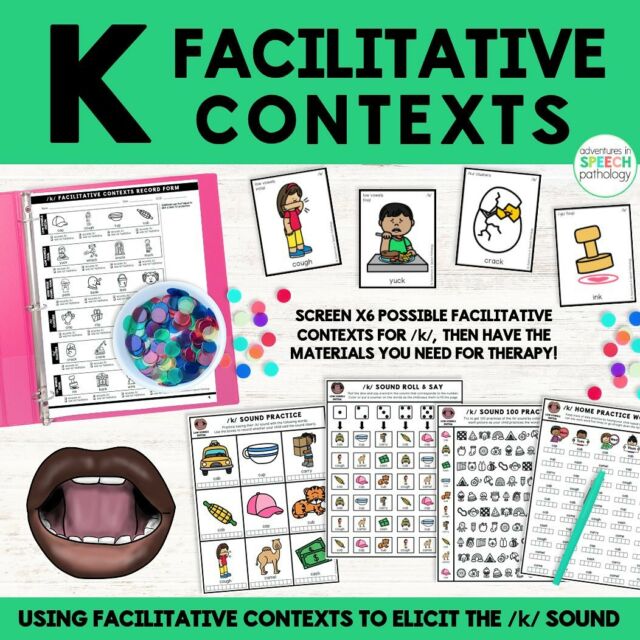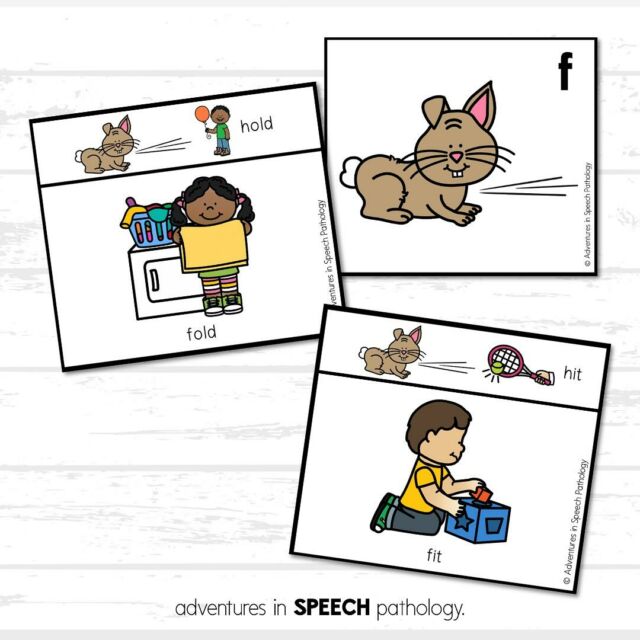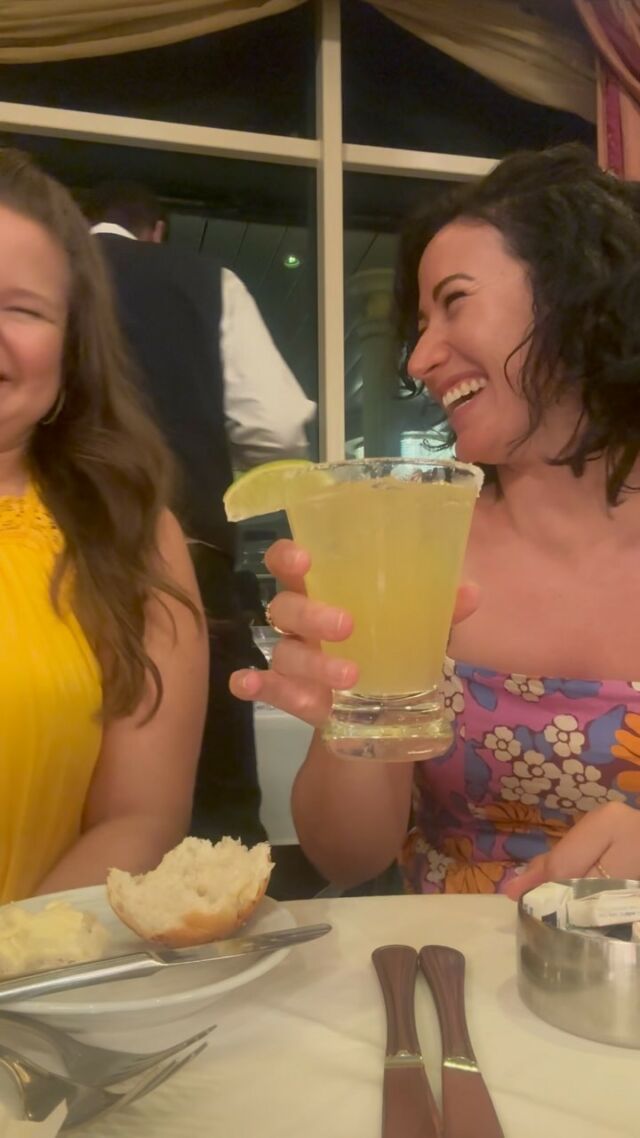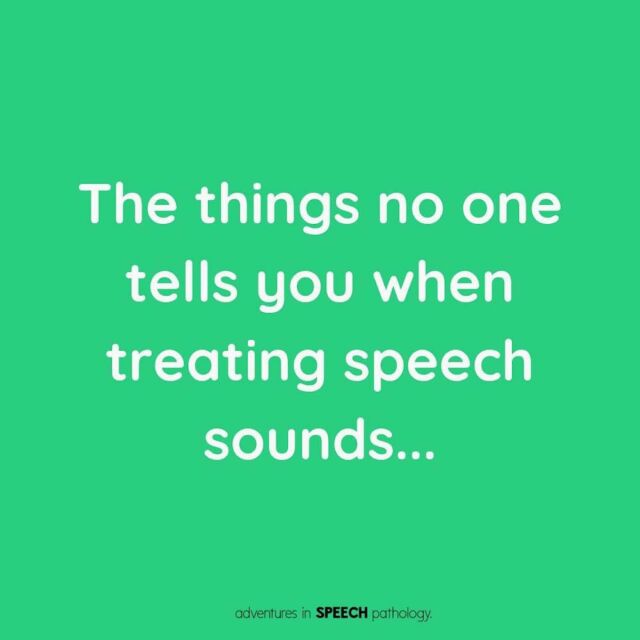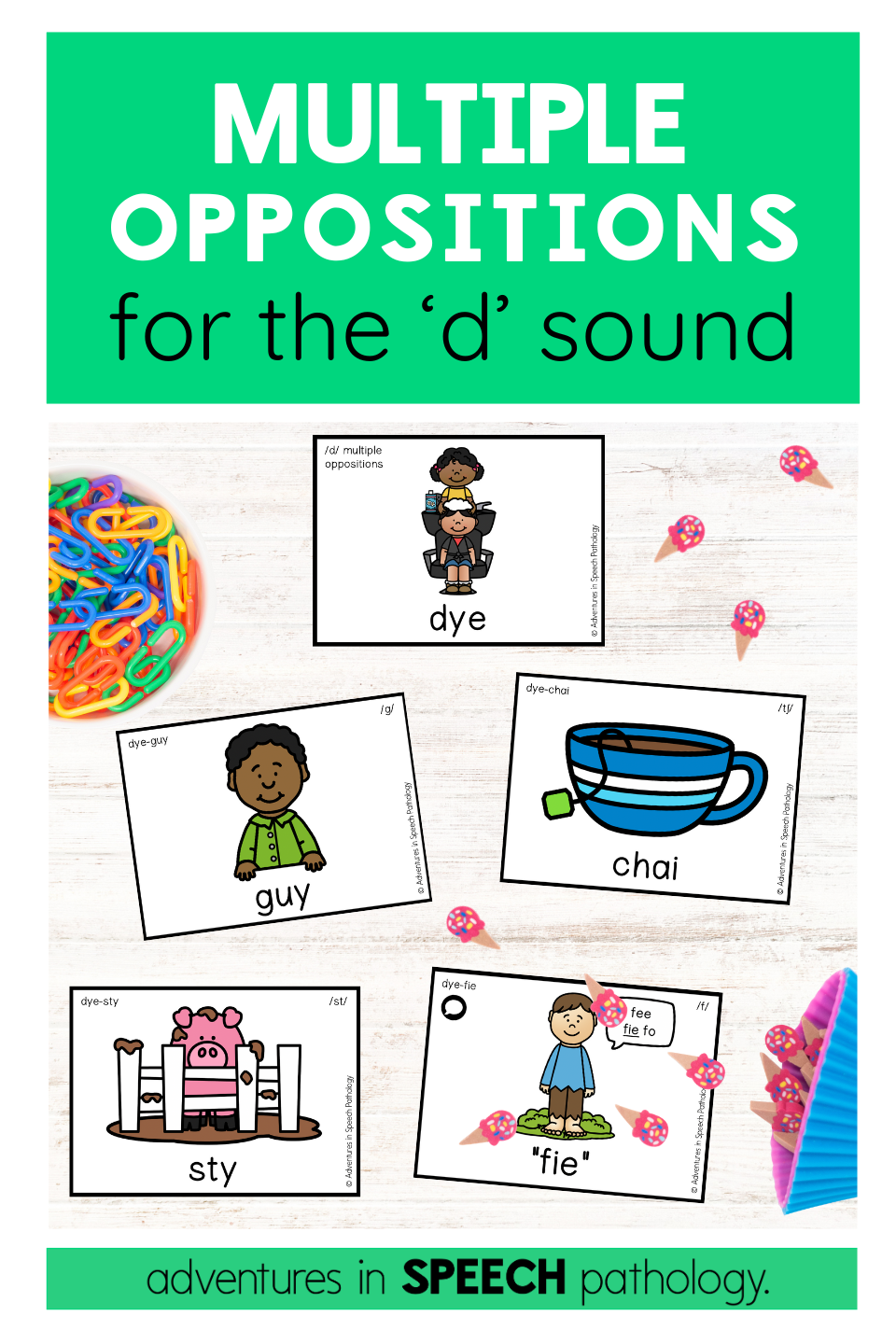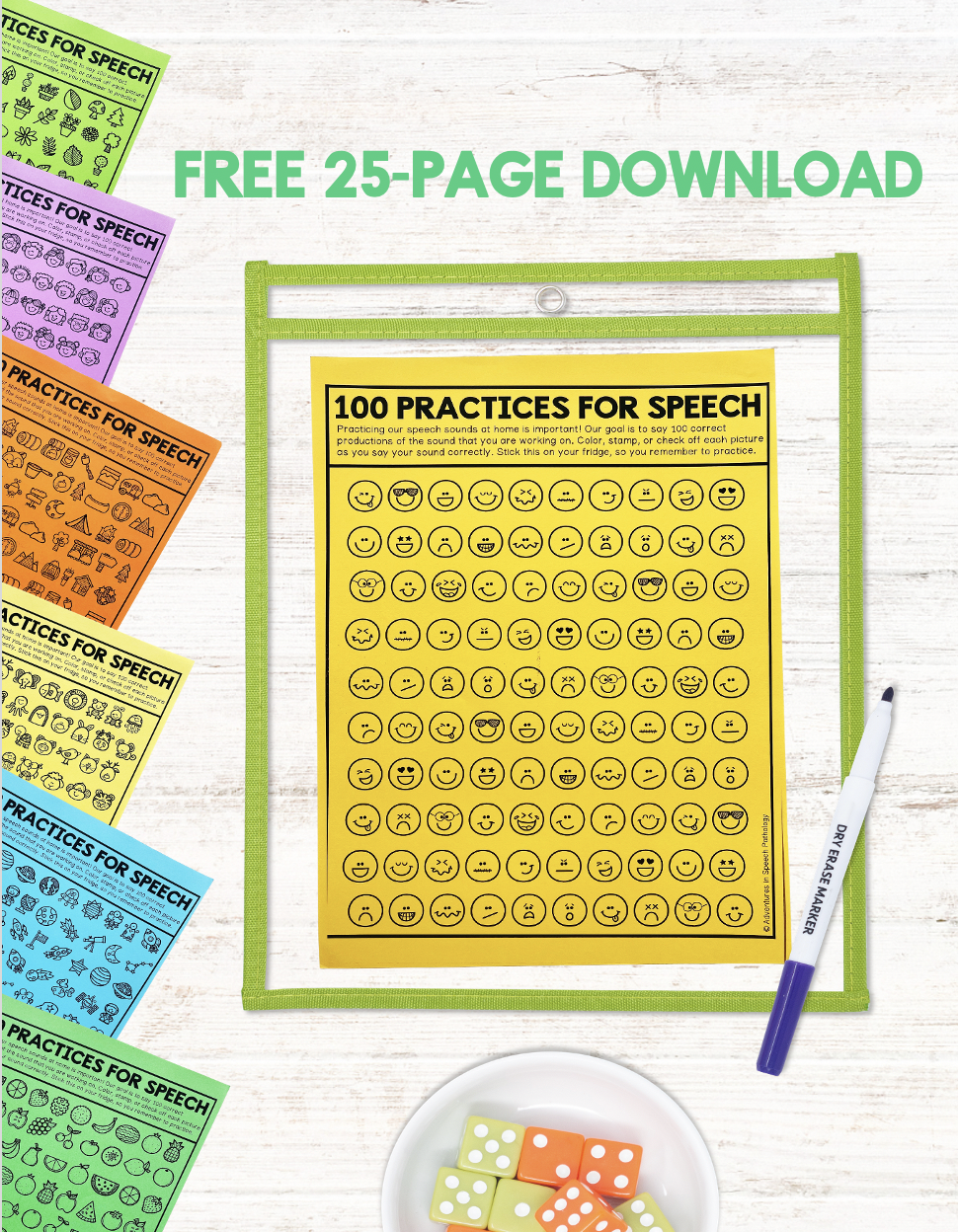Do you know about the ‘H’ Insertion trick but want to see someone actually use it? Maybe you aren’t sure about at what point in therapy you would use this trick?
I love the ‘H’ Insertion trick to help problem solve children who have stopping or voicing. Imagine this – you have done some therapy and the child is aware of the sound they are meant to be saying on the front of the word, but they just can’t seem to break that old way of saying the word.
An example is the child who knows the difference between ‘day’ and ‘say’ and they know to make it sound different they must put a /s/ sound on the front of the word but when they go to say ‘say’, they revert back to their old way of saying the word and it comes out as ‘sss-day’.
Try it for yourself and say the following aloud:

Our ‘H’ Insertion Trick for Speech Therapy product has just been updated and it is my go-to for helping kids make it click and be able to get rid of that error sound. In the pack you will find sheets for each ‘trick’ that has 6-12 examples to try for the sounds: /tʃ, f, k, p, s, ʃ/ and /t/.

I start by using this sheet and talking about the sound. You will see down the left side of the sheet is a sound cue – for example a snake for /s/ or bunny teeth for /f/. The children are usually familiar with this cue already, but if they aren’t you can explain that when they see the ‘snake’, as an example, they say ‘ssss’. Then I draw attention to the long waves lines and talk about how we use the lines to stretch out the sound so it can easily join onto the /h/ word at the end. You may need to teach the /h/ word vocabulary, but often, they are words that are familiar to children such as ‘hay’ or ‘hi’.
At this early stage, I would also cover the ‘real’ target word on the right-hand side so that the child can practice this skill without attaching the meaning of the word and old way of saying it.

We then practice joining the cued target sound to the /h/ word. I would model and encourage the child not to stop their sound and using our moving finger along the lines we would smoothly join the two together. What we don’t want to do here is model or reinforce a gap between the target sound and the /h/ word.
Once the child can do this, I then reveal the actual word and explain that by smoothly joining the new sound to the /h/ word, it kind of sounds like the real target word. This helps bypass the child’s old way of saying the word and helps them ‘keep the air going’ for fricative sounds on the beginning of words.



